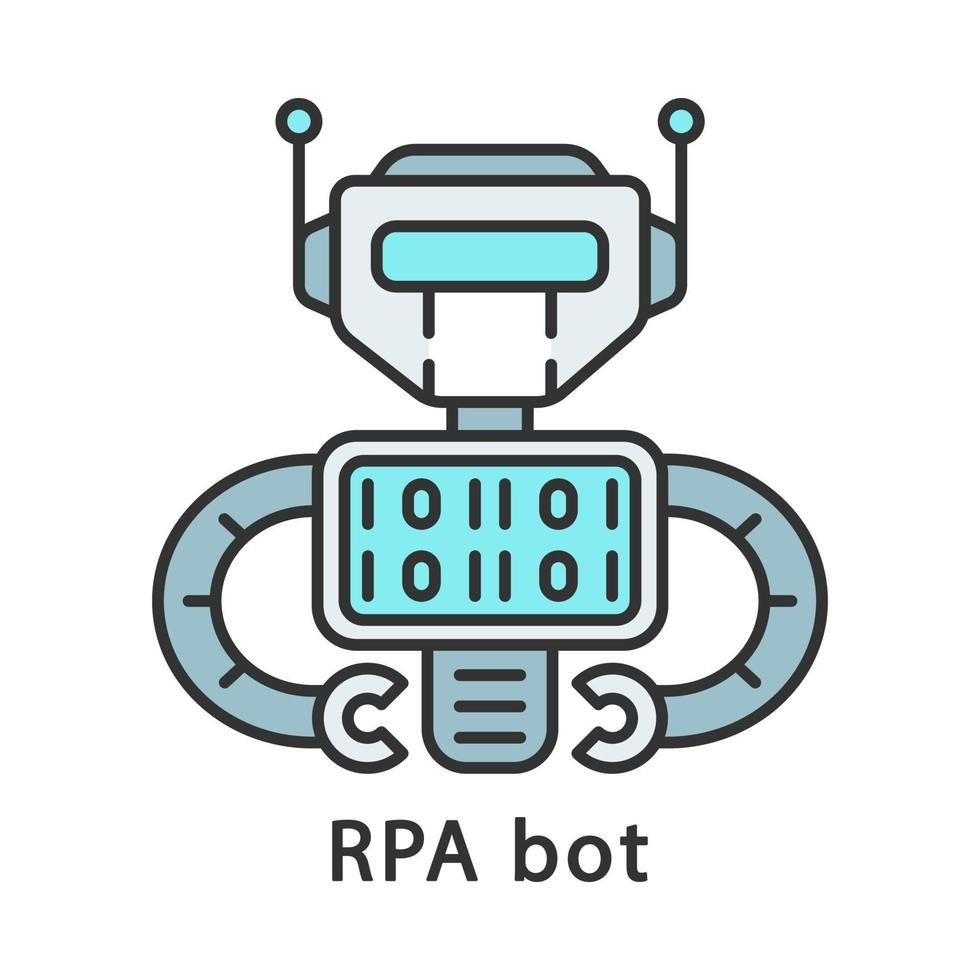Learn Robotics Process Automation (RPA)
Introduction to RPA
Understanding RPA Tools
Designing RPA Workflows
Implementing RPA Solutions
Introduction to RPA
Understanding RPA Tools
Designing RPA Workflows
Implementing RPA Solutions

Robotics Process Automation (RPA) involves using software robots or "bots" to automate repetitive and rule-based tasks traditionally performed by humans. RPA aims to improve efficiency, reduce errors, and free up human workers for more strategic activities.
RPA tools like UiPath, Blue Prism, and Automation Anywhere provide platforms for designing, deploying, and managing automated processes. These tools offer drag-and-drop interfaces and scripting capabilities to build and execute automation workflows.
Designing RPA workflows involves mapping out the tasks to be automated and creating the corresponding bots. This includes defining input and output parameters, handling exceptions, and ensuring the process flows smoothly from start to finish.
Implementing RPA solutions requires configuring bots to interact with various applications, systems, and data sources. This step involves integrating bots into existing workflows, testing their performance, and optimizing their efficiency.